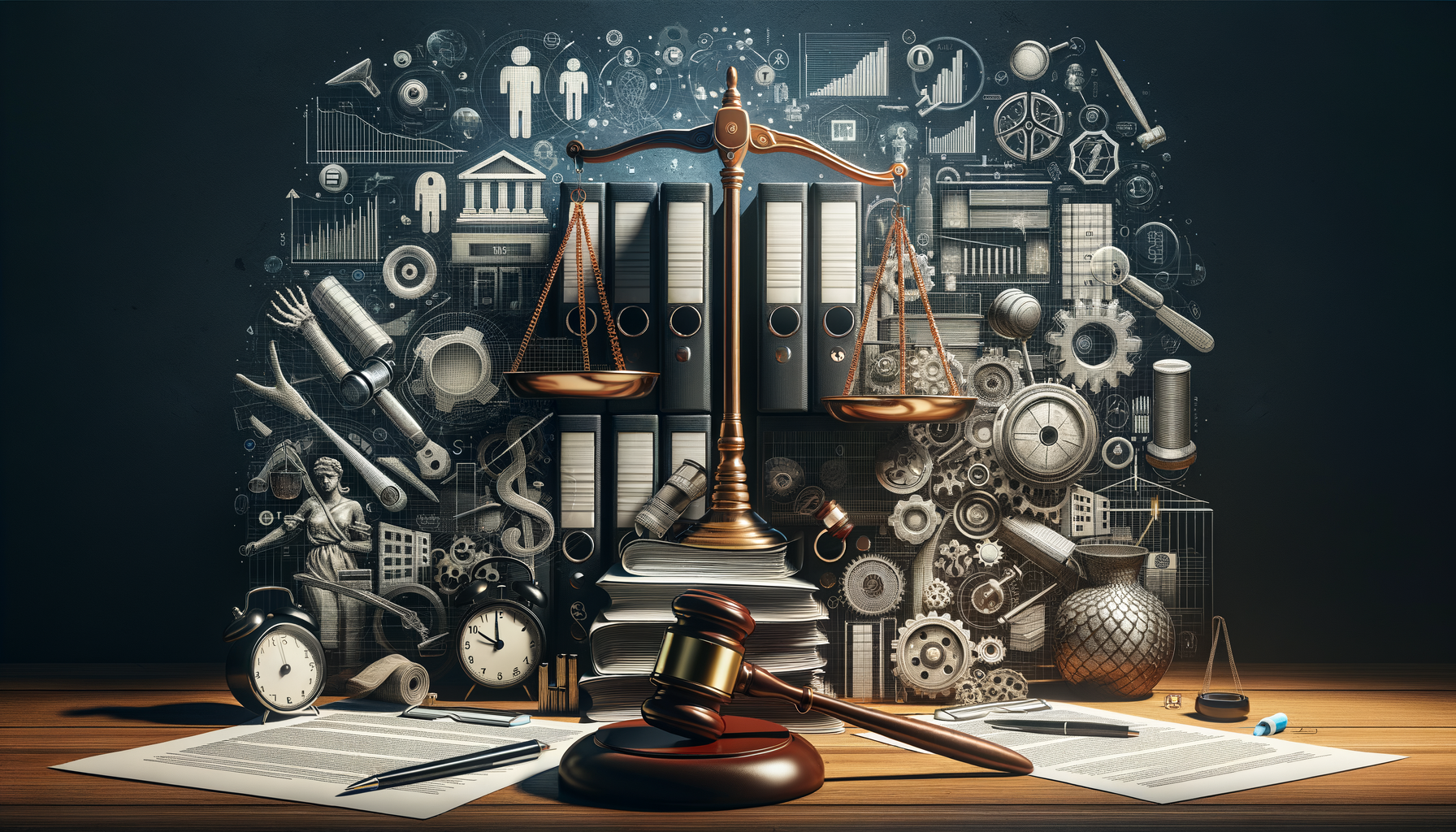
Avoid These Mistakes: 10 Lawyer Insights for Construction and Injury Lawsuits
Introduction to Legal Challenges in Construction and Injury Lawsuits
When navigating the complex world of construction and injury lawsuits, understanding the nuances and potential pitfalls is crucial. Legal professionals often emphasize the importance of avoiding common mistakes that could jeopardize the outcome of a case. Whether you’re a contractor, an employee, or a victim of an injury, being aware of these pitfalls can save time, money, and stress. This article delves into the insights shared by lawyers to help you steer clear of common errors and better prepare for legal proceedings.
Understanding the Legal Framework
Construction and injury lawsuits are governed by a specific set of laws and regulations that vary by location. It’s essential to have a solid grasp of these legal frameworks to navigate your case effectively. Legal professionals stress the importance of knowing the statutes of limitations, which dictate the time frame within which you can file a lawsuit. Missing these deadlines can result in the dismissal of your case. Additionally, understanding the specific laws related to negligence and liability is crucial, as these are often the foundation of construction and injury claims.
Key elements to consider include:
- The role of contracts in construction disputes
- How negligence is determined in personal injury cases
- The impact of local and federal safety regulations
By familiarizing yourself with these aspects, you can better anticipate potential legal challenges and work proactively with your legal team.
Common Mistakes in Construction Lawsuits
Construction lawsuits often arise from contract disputes, safety violations, or defective workmanship. One of the most frequent mistakes is failing to have a comprehensive contract that outlines the responsibilities and expectations of all parties involved. Without a clear contract, misunderstandings can lead to costly legal battles.
Another common error is neglecting to document changes and communications throughout the project. Keeping detailed records can provide crucial evidence in case of a dispute. Additionally, ignoring safety regulations not only endangers workers but can also lead to significant legal repercussions. Ensuring compliance with safety standards can prevent accidents and mitigate liability.
Legal professionals also advise against attempting to handle disputes without professional legal assistance. An experienced lawyer can help navigate the complexities of construction law and provide strategic advice to protect your interests.
Avoiding Pitfalls in Personal Injury Cases
In personal injury cases, one of the most critical mistakes is delaying medical treatment. Seeking immediate medical attention not only ensures your health and safety but also provides essential documentation for your case. Failing to gather evidence, such as photographs of the accident scene or witness statements, can weaken your claim.
Another common error is providing statements to insurance companies without legal counsel. Insurance adjusters may attempt to minimize payouts, so it’s crucial to have a lawyer who can negotiate on your behalf. Additionally, underestimating the value of your claim can lead to accepting a settlement that’s less than what you deserve. Legal professionals can help assess the full extent of your damages, including medical expenses, lost wages, and pain and suffering.
By avoiding these pitfalls, you can strengthen your case and increase the likelihood of a favorable outcome.
Conclusion: Preparing for Success in Legal Proceedings
Successfully navigating construction and injury lawsuits requires a thorough understanding of the legal landscape and a strategic approach to avoid common mistakes. By heeding the insights of legal professionals, you can better prepare for the challenges ahead and protect your rights. Whether you’re dealing with a construction dispute or a personal injury claim, working with an experienced lawyer can make a significant difference in the outcome of your case.
Ultimately, being informed and proactive are your best tools in achieving a successful resolution. By following the guidance outlined in this article, you can minimize risks and enhance your chances of a favorable result in your legal endeavors.